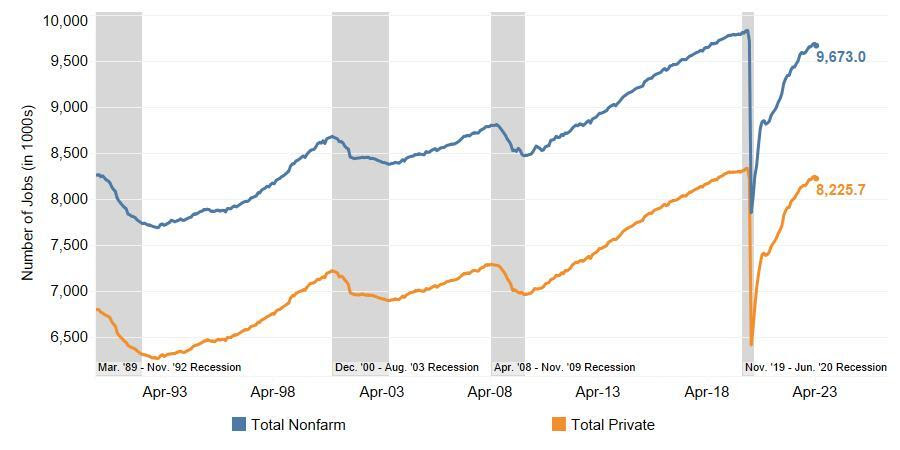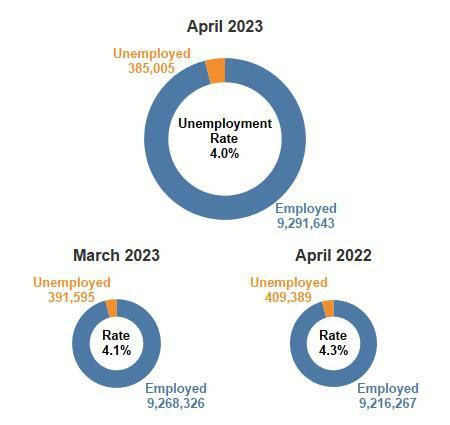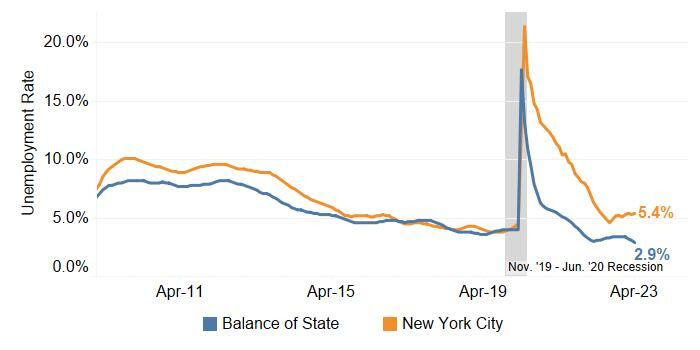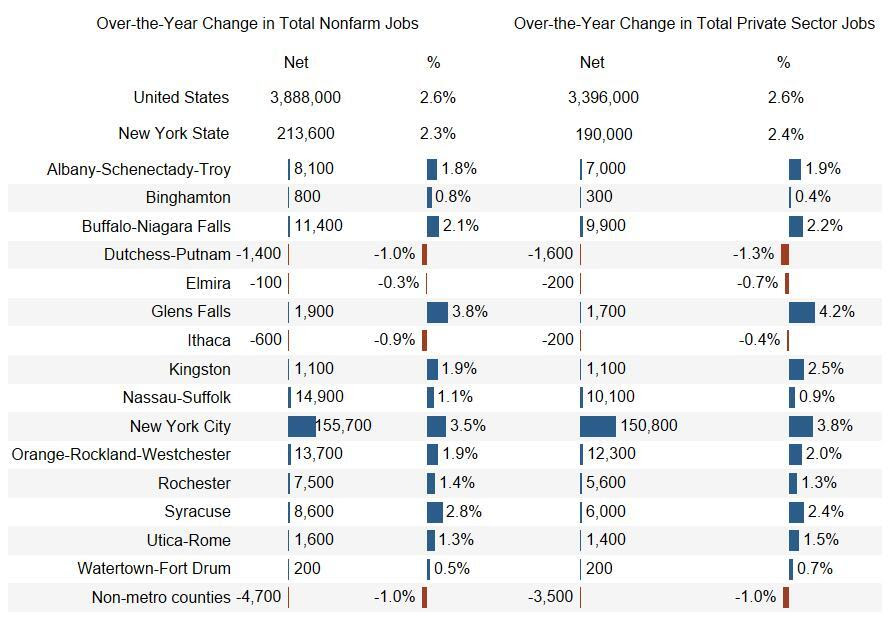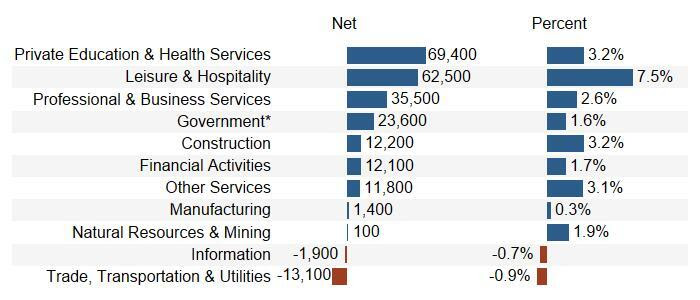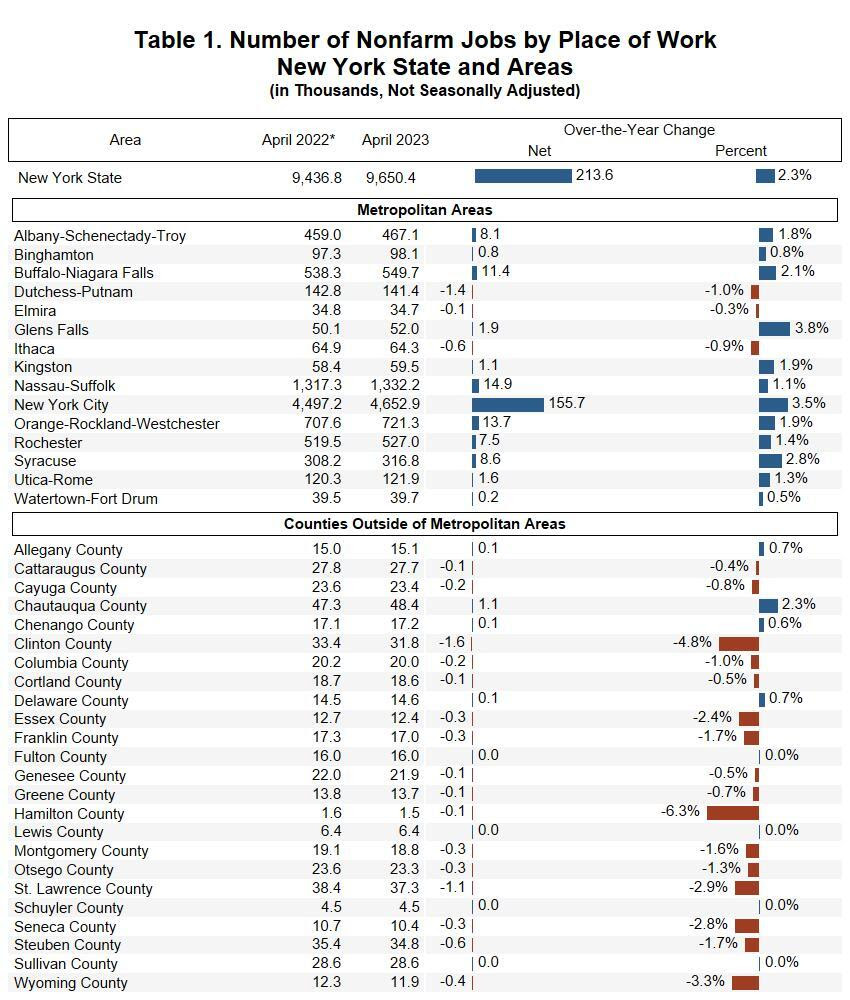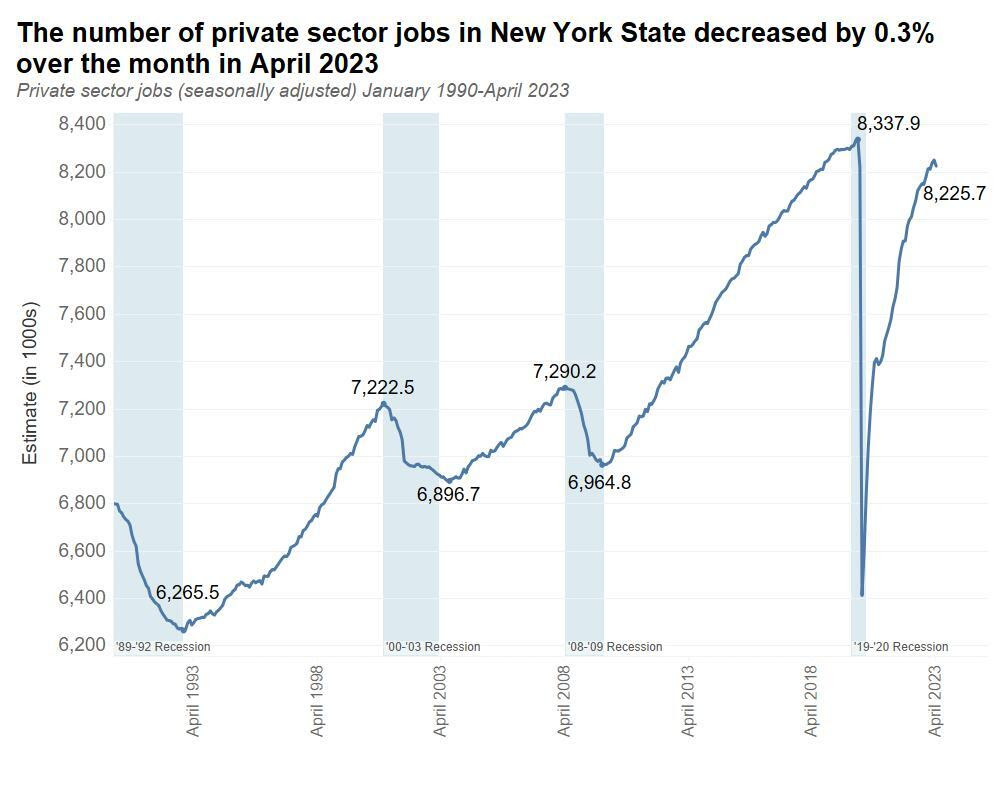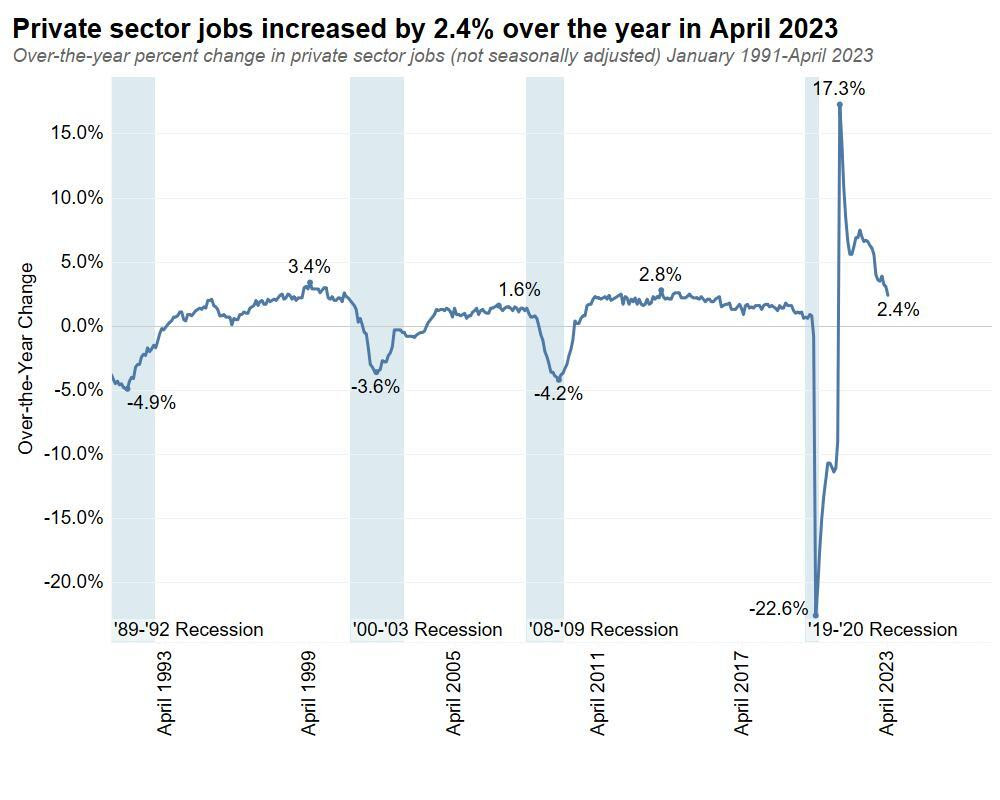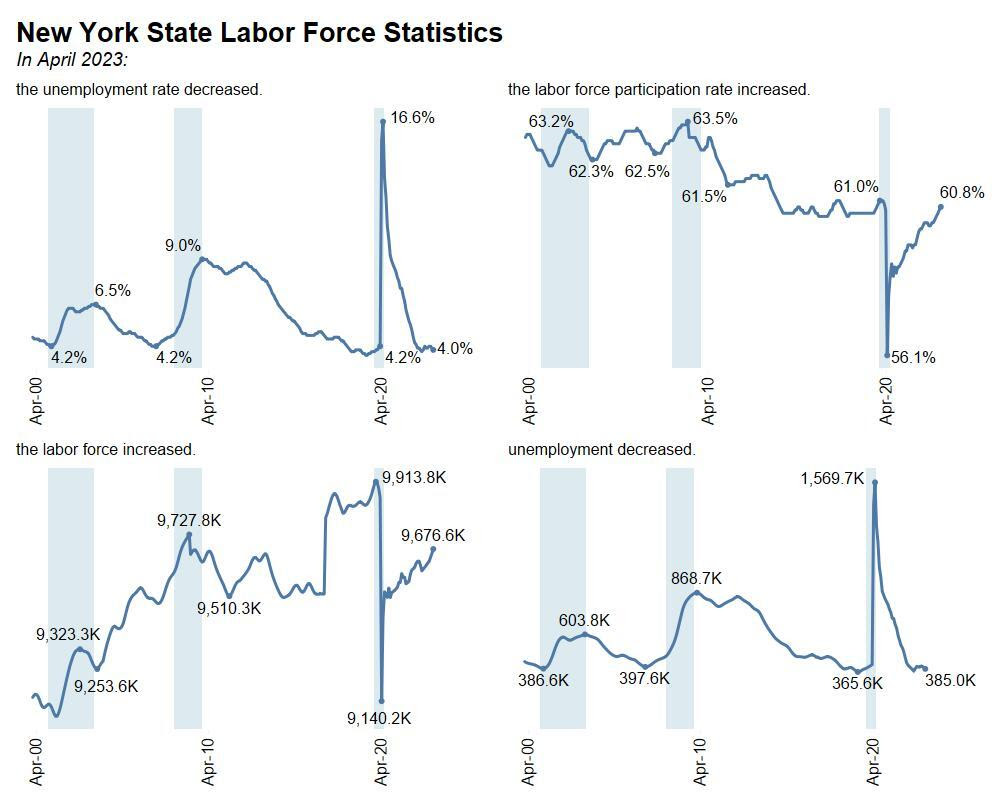Under Agreement with AG James, Coin Cafe will Pay Full Restitution to New Yorkers and All U.S. Investors Who Were Deceived by Misleading Fees
New York Attorney General Letitia James today secured $4.3 million from a Brooklyn-based cryptocurrency company, Coin Cafe, for defrauding investors. Coin Cafe is a cryptocurrency trading platform that allowed investors to store their Bitcoin in a Coin Cafe account, known as wallet storage. An investigation by the Office of the Attorney General (OAG) found that the company was charging investors exorbitant and undisclosed fees to use its wallet storage, despite marketing its wallet storage as “free” on its website. These fees to store Bitcoin were so high that they wiped out investors’ accounts entirely. Coin Cafe charged one New Yorker over $10,000 in one month and another investor more than $51,000 in fees over the course of 13 months. Coin Cafe has agreed to OAG’s findings that it routinely charged and increased fees without properly informing investors. As a result of today’s settlement, Coin Cafe will pay restitution to all investors who were misled, including more than $508,000 to more than 340 New York investors who were charged fees without their knowledge.
“When there are inadequate safeguards to protect consumers and investors, companies are able to take advantage of New Yorkers,” said Attorney General James. “Coin Cafe defrauded hundreds of New Yorkers out of thousands of dollars with its deceptive marketing and due to a lack of effective regulation. This is yet another example of why the cryptocurrency industry needs to be better regulated, just like any other financial institution where New York investors put their hard-earned money. Every New Yorker deserves to be confident that their investments are protected with commonsense regulations and real oversight.”
Coin Cafe is a Brooklyn-based cryptocurrency trading platform that failed to register with OAG as a commodity broker-dealer as required by law. In July 2015, Coin Cafe filed an application with the New York State Department of Financial Services (DFS) for a virtual currency license, known as a BitLicense. Coin Cafe was allowed to continue its virtual currency business for seven and half years while DFS reviewed and considered its BitLicense application. The BitLicense for Coin Cafe was approved by DFS in January 2023. However, under New York law, broker-dealers with a valid BitLicense or a pending BitLicense application are still obligated to register with OAG. Failing to register with OAG violates the Martin Act and puts investors at risk.
The OAG’s investigation revealed that Coin Cafe claimed to provide its investors with a free account and free wallet storage but, in reality, Coin Cafe started charging storage fees for its wallet service beginning in September 2020 without informing investors. Coin Cafe changed the fee structure four times, each time increasing the amount it charged its customers, and each time without clearly telling investors of the increase. Coin Cafe implemented the most drastic fee structure change in October 2022. It charged investors the greater of 7.99 percent of the account or $99 worth of Bitcoin per month if an investor did not buy, sell, or transfer Bitcoin on the Coin Cafe site within 30 days. This amounted to investors being charged fees equal to 96 percent of the value of their account holdings. The fees were not disclosed on the website, and the notifications to investors did not make clear that investors would be charged increased fees. Ultimately, Coin Cafe took storage fees from more than 300 New York investors. Coin Cafe took hundreds of thousands of dollars-worth of Bitcoin from its investors and completely wiped out hundreds of investor accounts down to a zero balance.
In October 2022, an OAG investigator opened an account with Coin Cafe and made two Bitcoin purchases. In December 2022, Coin Cafe sold the investigator $108 worth of Bitcoin in one transaction, and then sold the investigator $100 in another transaction. In total, the investigator had $208 worth of Bitcoin. However, in March 2023, even after receiving a BitLicense from DFS, Coin Cafe charged the investigator $99 in fees without proper notice, leaving the investigator with $109 in their account.
Today’s agreement requires Coin Cafe to refund all fees to U.S.-based investors who request a refund for the next year. Within five days of the effective date of the agreement May 18, Coin Cafe will contact U.S.-based customers via email to let them know they are entitled to a refund. Customers will be able to request a refund in writing through email, postal mail, or through Coin Cafe’s website. Coin Cafe will give OAG monthly updates regarding the status of those refunds. The agreement also requires Coin Cafe to limit the amount of fees charged for its wallet service to 0.002 percent per Bitcoin per month and ensure that all fees are adequately disclosed to investors.
Today’s settlement continues Attorney General James’ efforts to enforce New York laws in the cryptocurrency industry and protect New York investors. Earlier this month, Attorney General James announced sweeping cryptocurrency legislation that will increase regulations of the cryptocurrency industry to protect New York investors. If enacted, Attorney General James’ nation-leading crypto legislation would combat the fraud and deceit committed by Coin Cafe to protect investors by increasing transparency, boosting consumer protections, and stiffening penalties for violations.
In February and March of this year, Attorney General James brought lawsuits against CoinEx and KuCoin for failing to register as commodity broker-dealers. In January, Attorney General James and a multistate coalition recovered $24 million from the cryptocurrency platform Nexo for operating illegally and sued the former CEO of Celsius for defrauding investors and concealing the company’s dire financial condition. In June 2022, Attorney General James warned New Yorkers of the dangerous risks of investing in cryptocurrencies after the market reached then-record lows. Also in June, Attorney General James reached a nearly $1 million settlement with cryptocurrency platform Block Fi Lending LLC for offering unregistered securities. In March 2022, Attorney General James issued a taxpayer notice to virtual currency investors and their tax advisors to accurately declare and pay taxes on their virtual investments. In October 2021, Attorney General James directed unregistered crypto lending platforms to cease operations for not registering with the state.
Attorney General James once again urges New Yorkers who have been affected by deceptive conduct in the virtual assets markets to report these issues to OAG. Attorney General James also encourages workers in the cryptocurrency industry who may have witnessed misconduct or fraud to file a whistleblower complaint with her office, which can be done anonymously.

